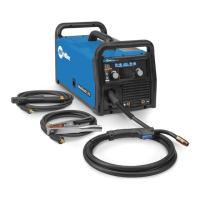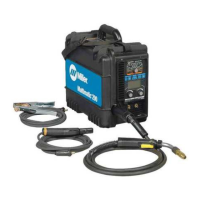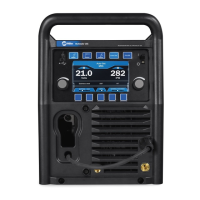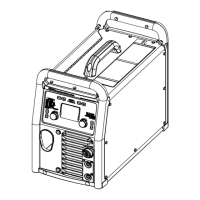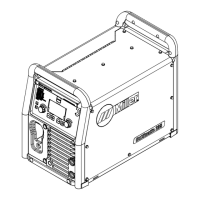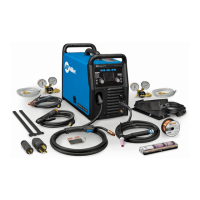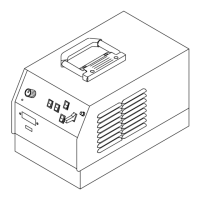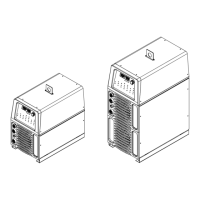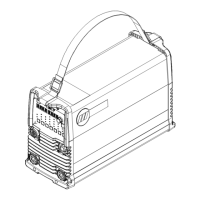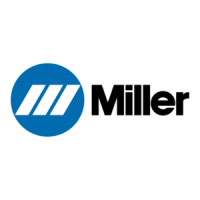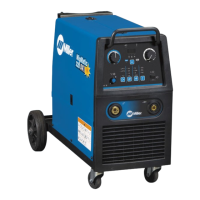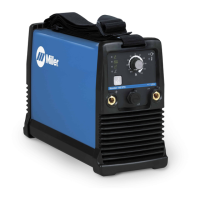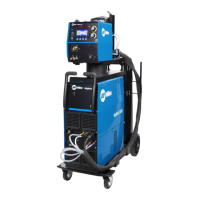Why is the fan not operating on my Miller Multimatic 215?
- JJamie TaylorSep 8, 2025
The fan on your Miller Welding System might not be operating for several reasons: * The unit may not be warmed up enough to require fan cooling. * There might be something blocking the fan movement; check for and remove any obstructions. * If neither of these resolves the issue, have a Factory Authorized Service Agent check the fan motor and control circuitry.
